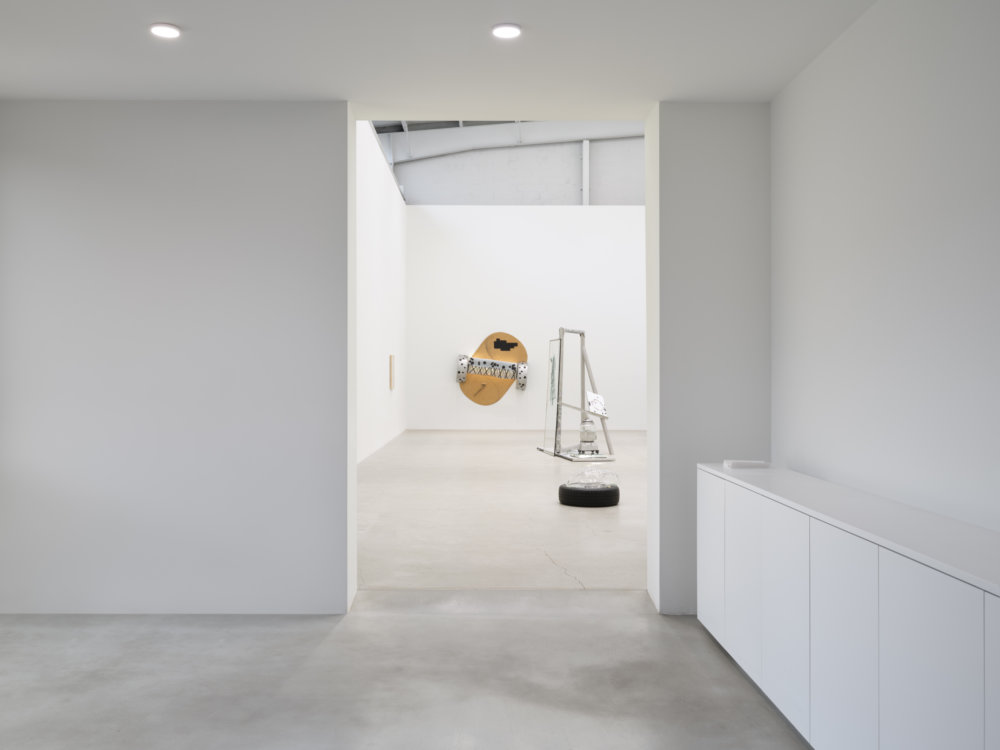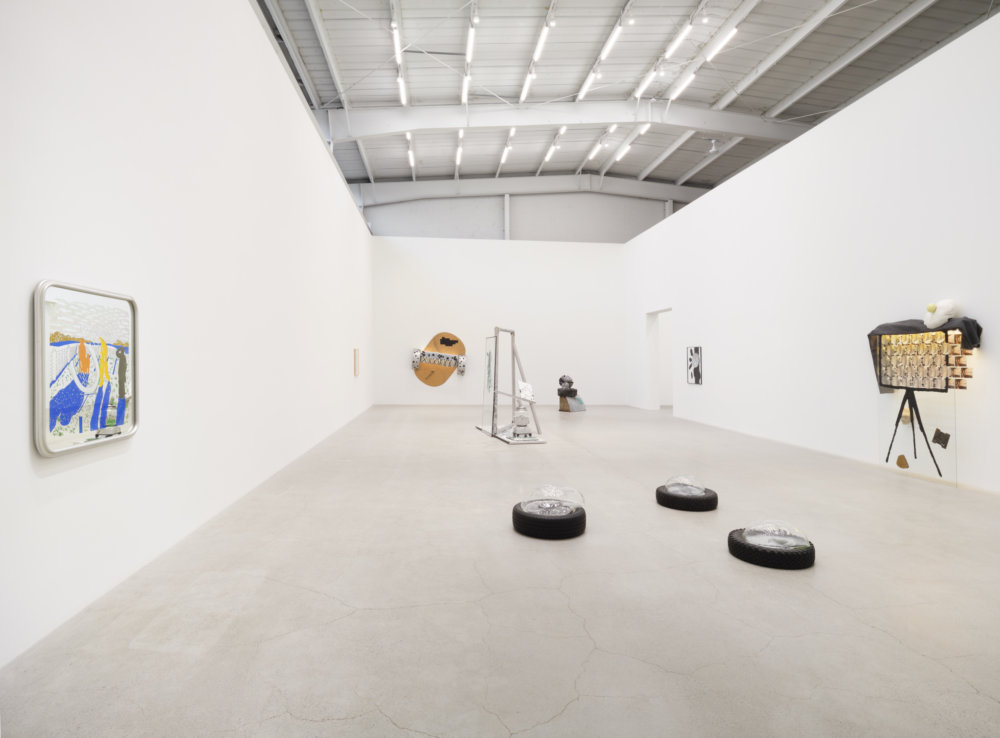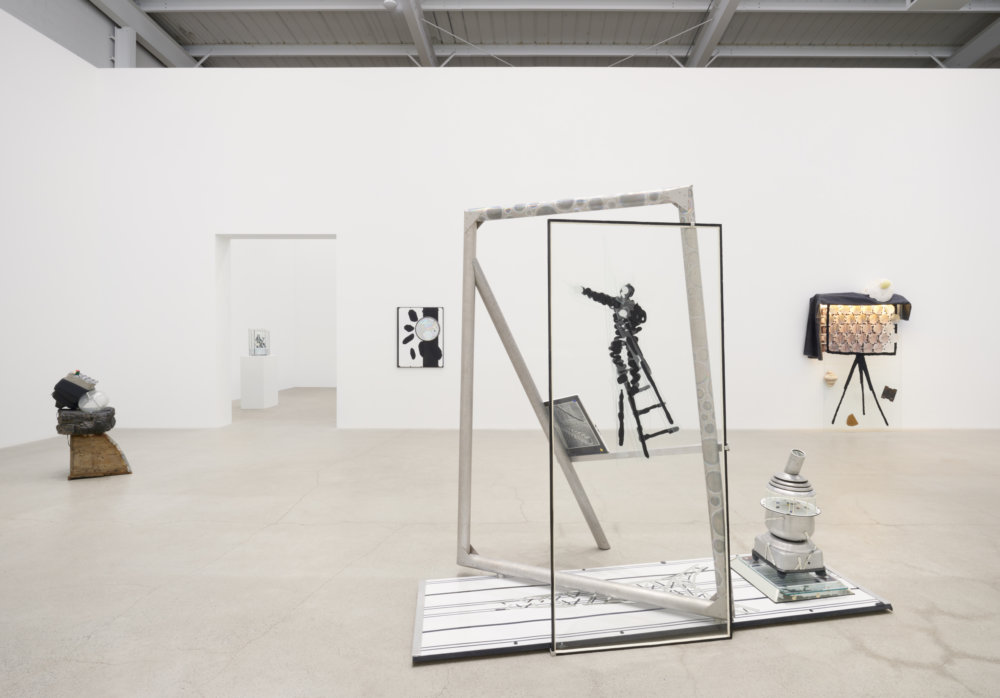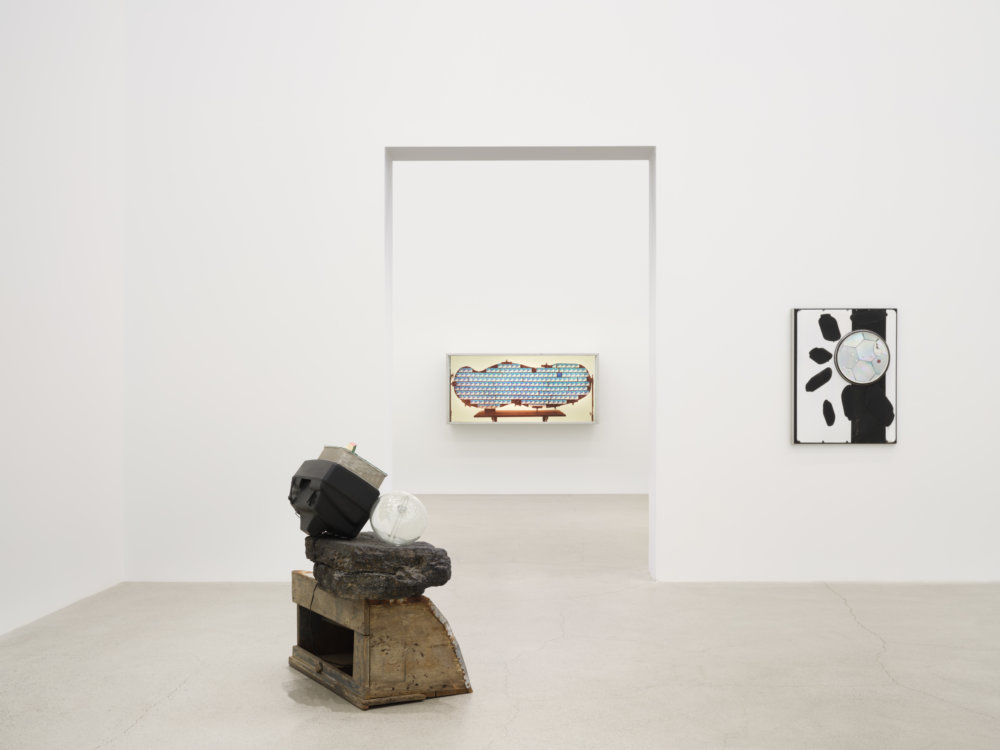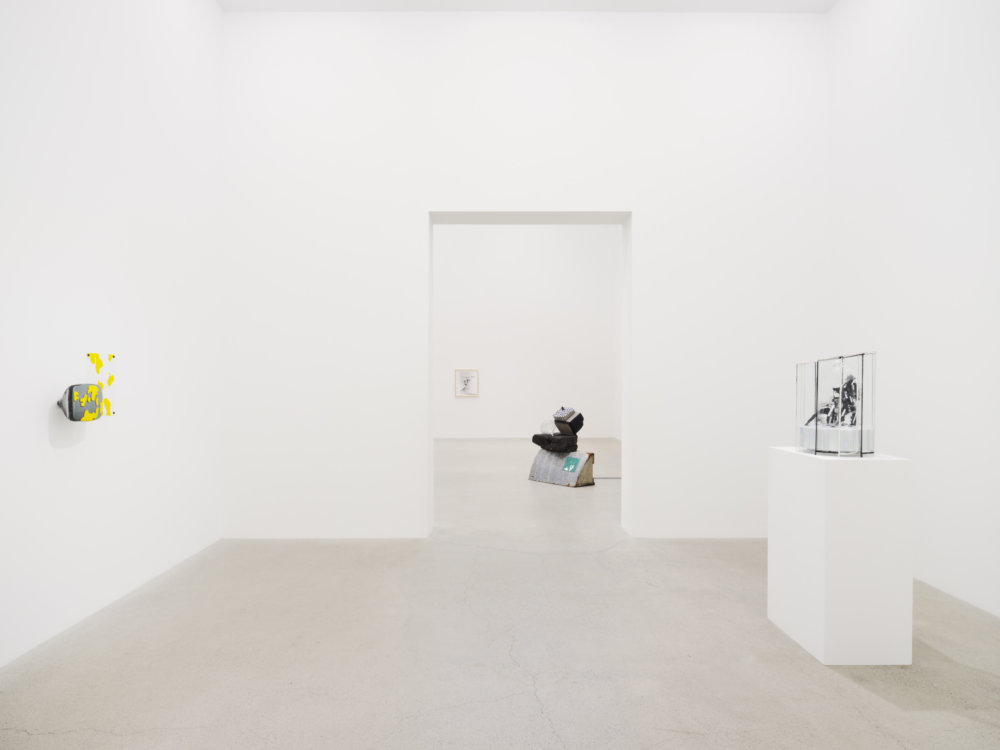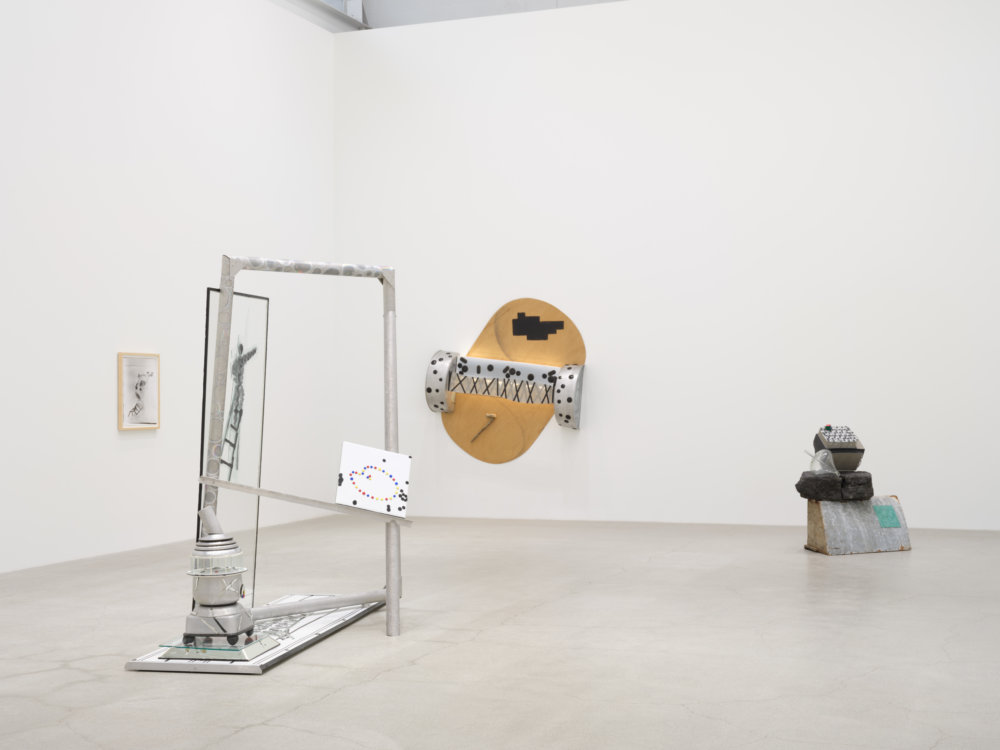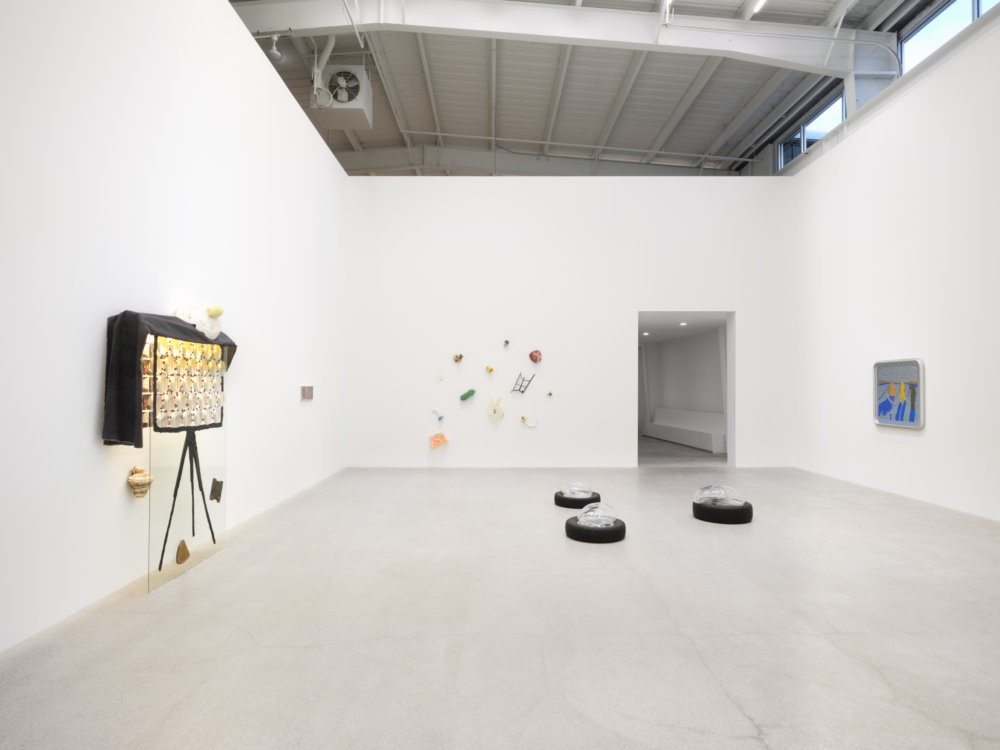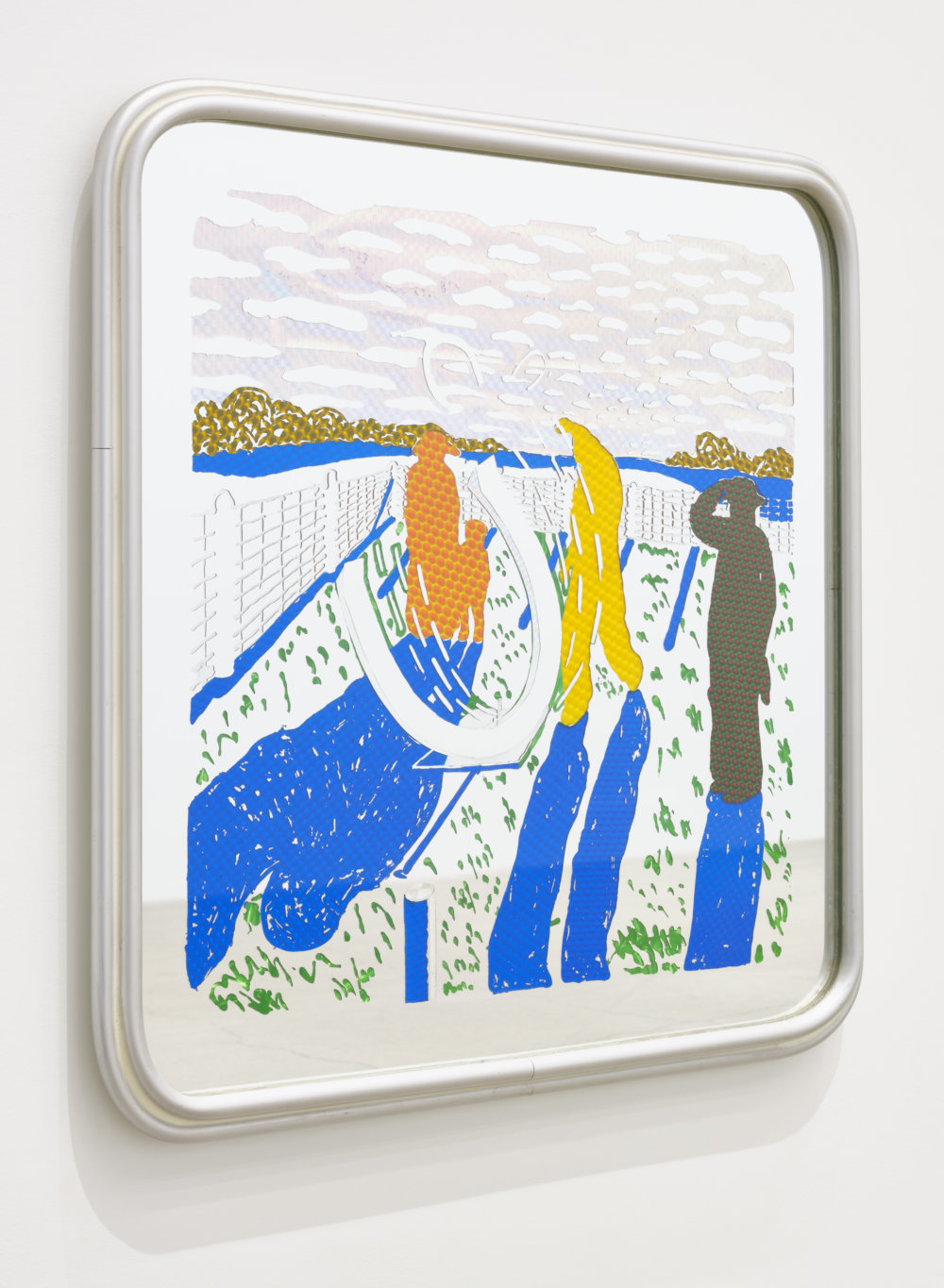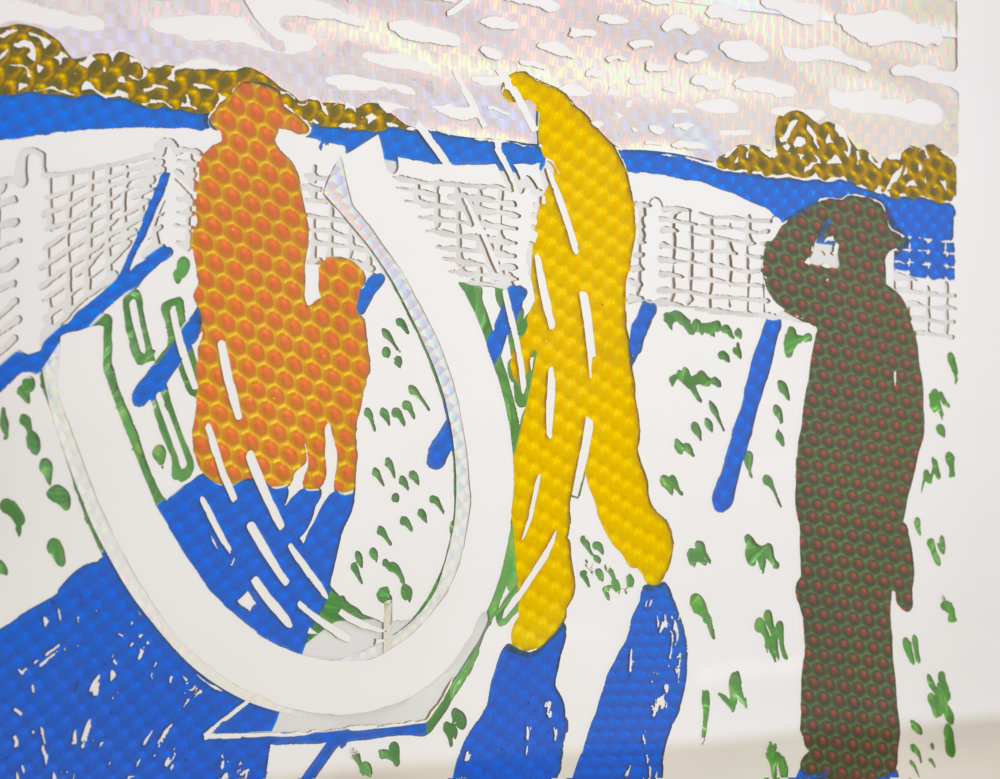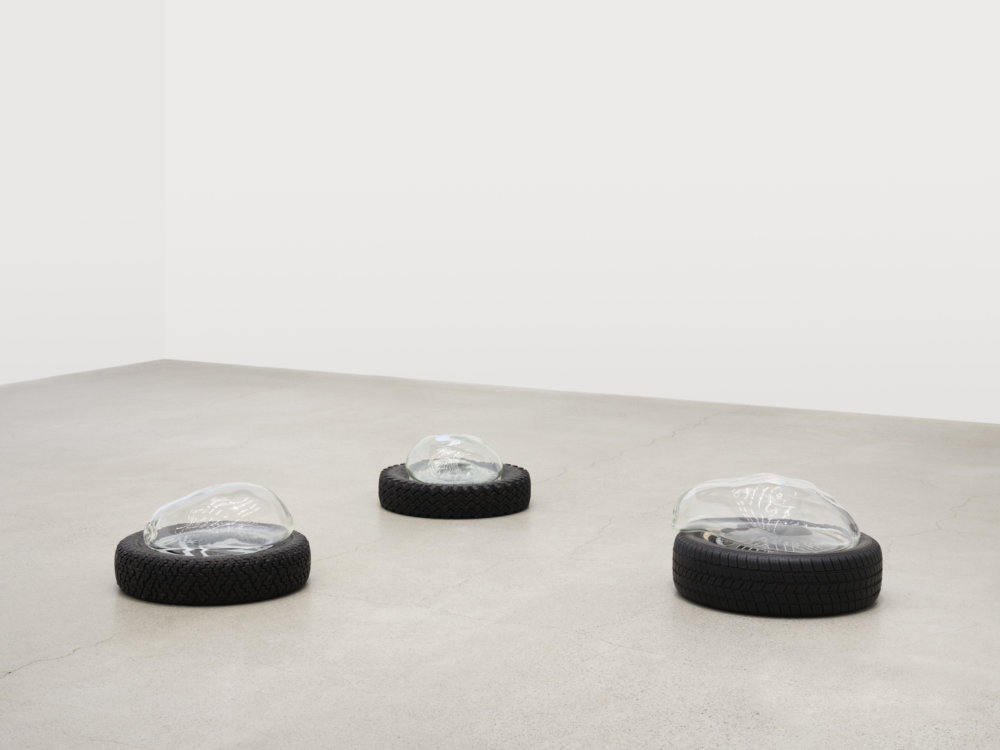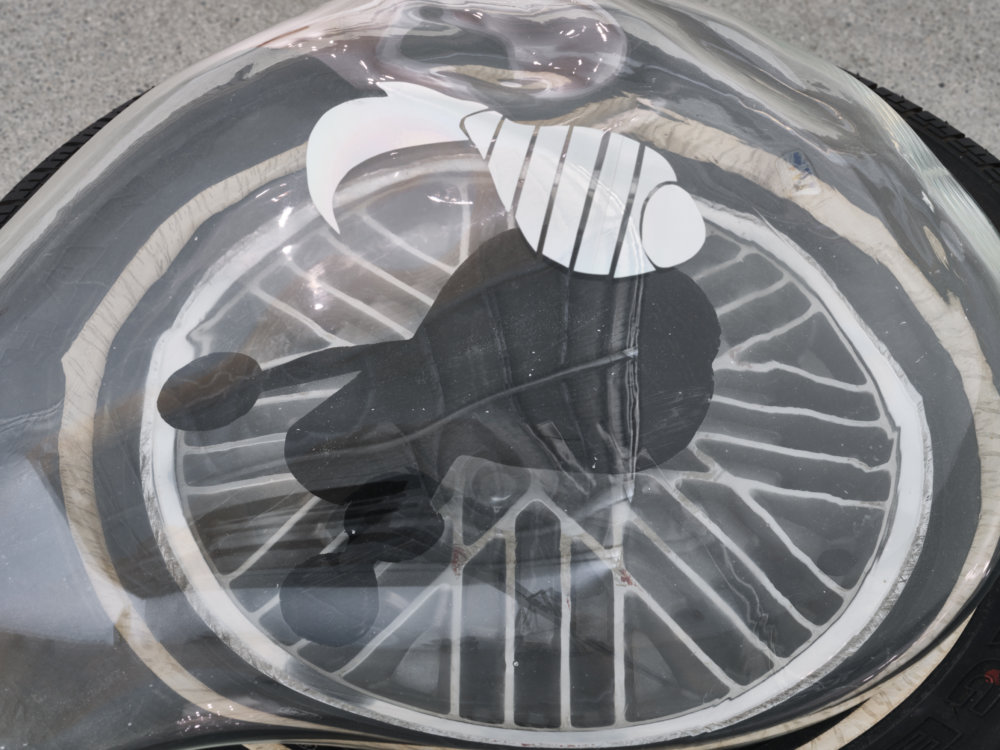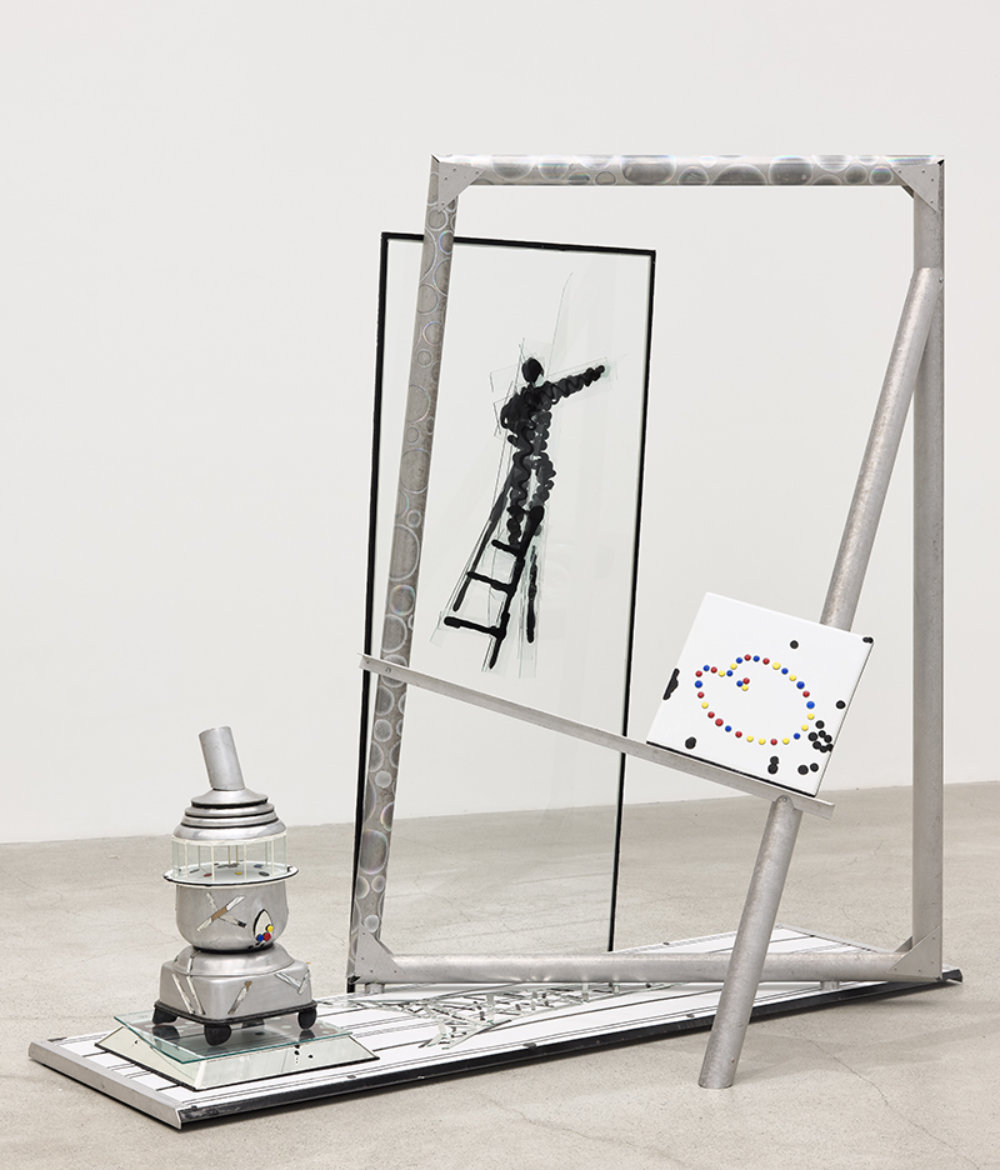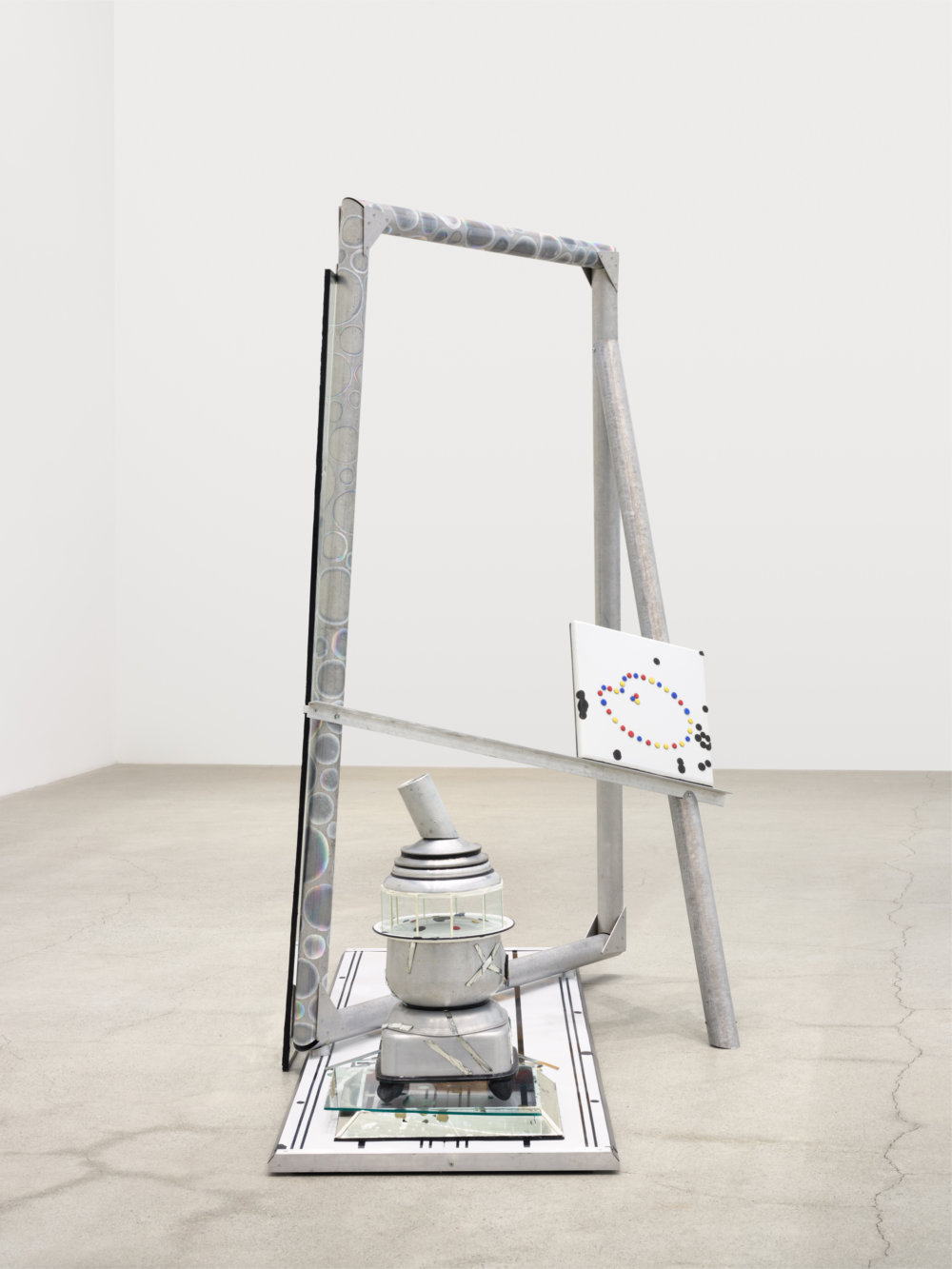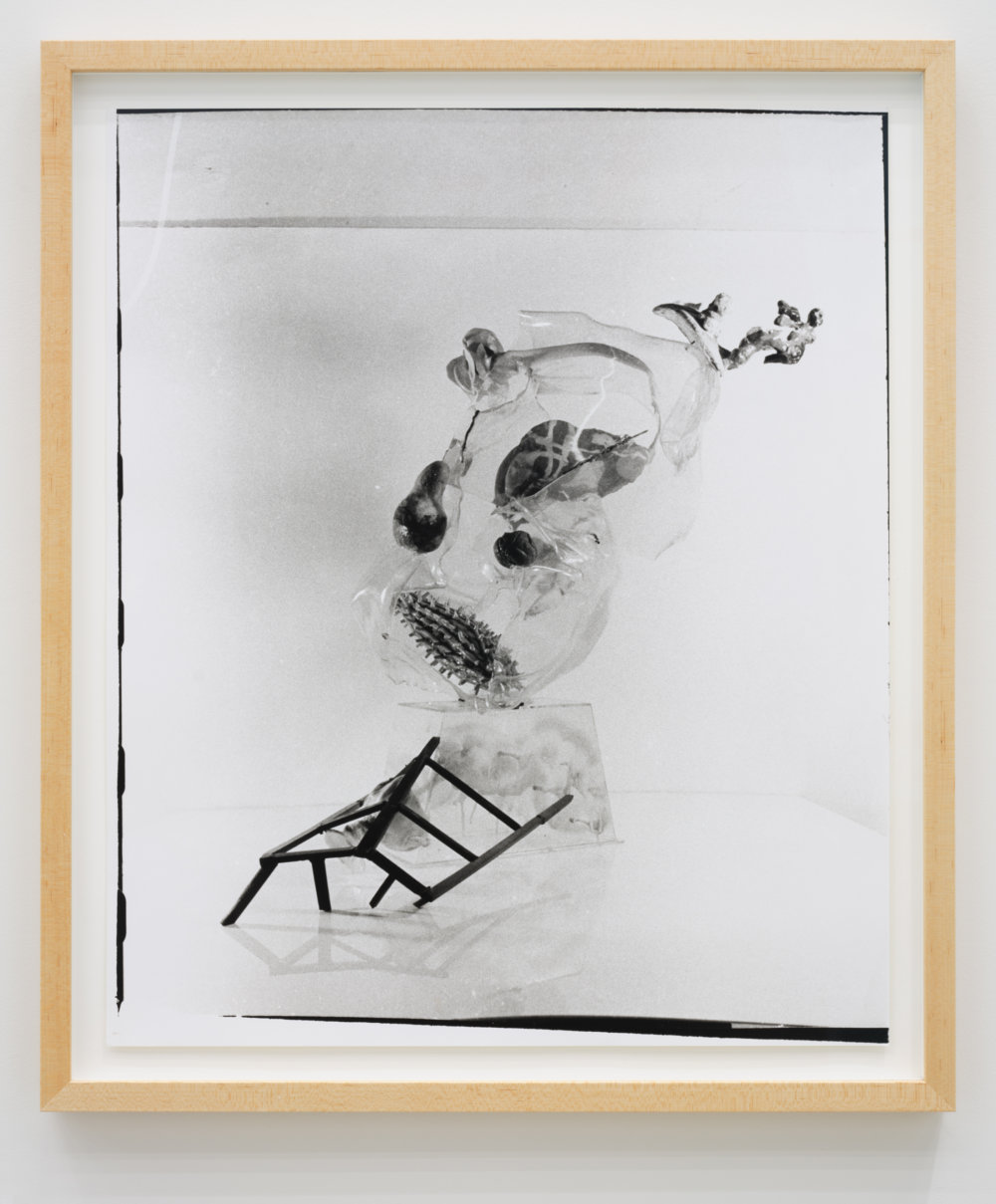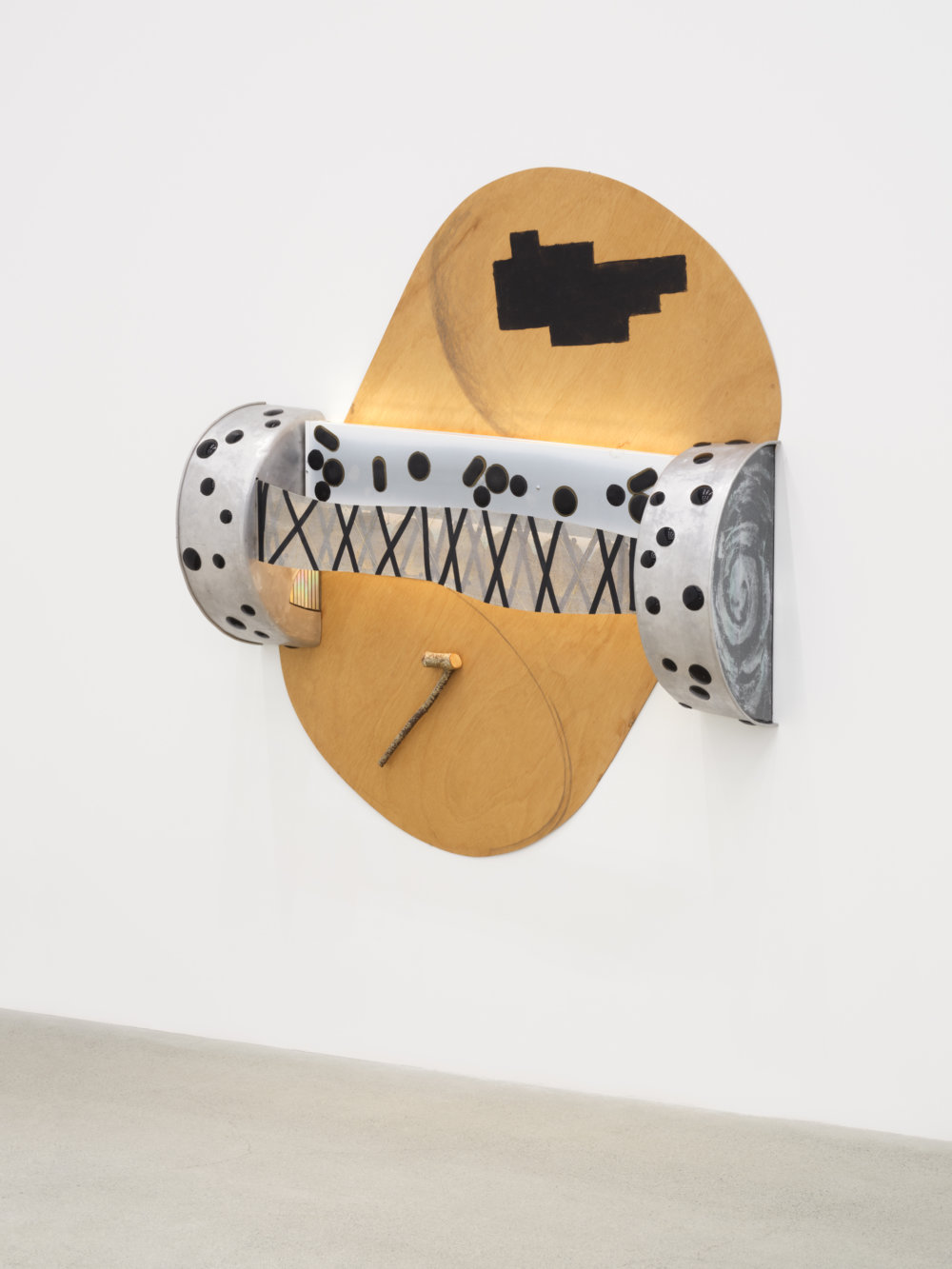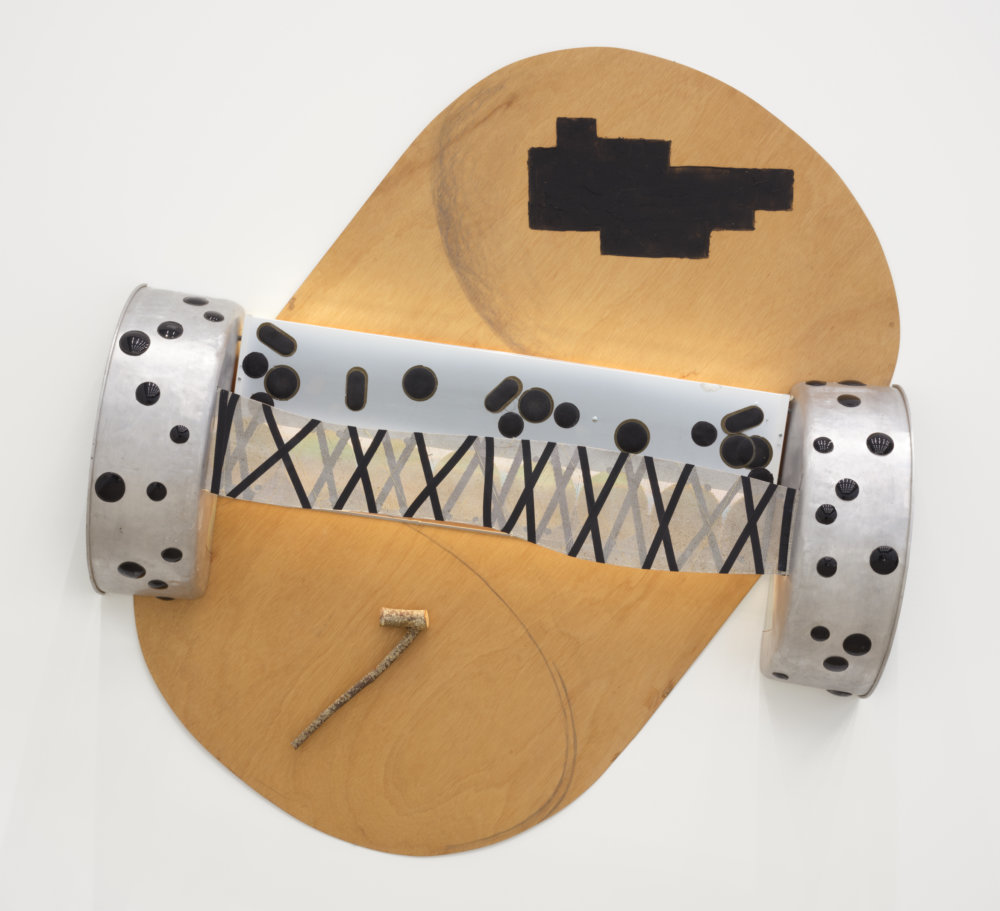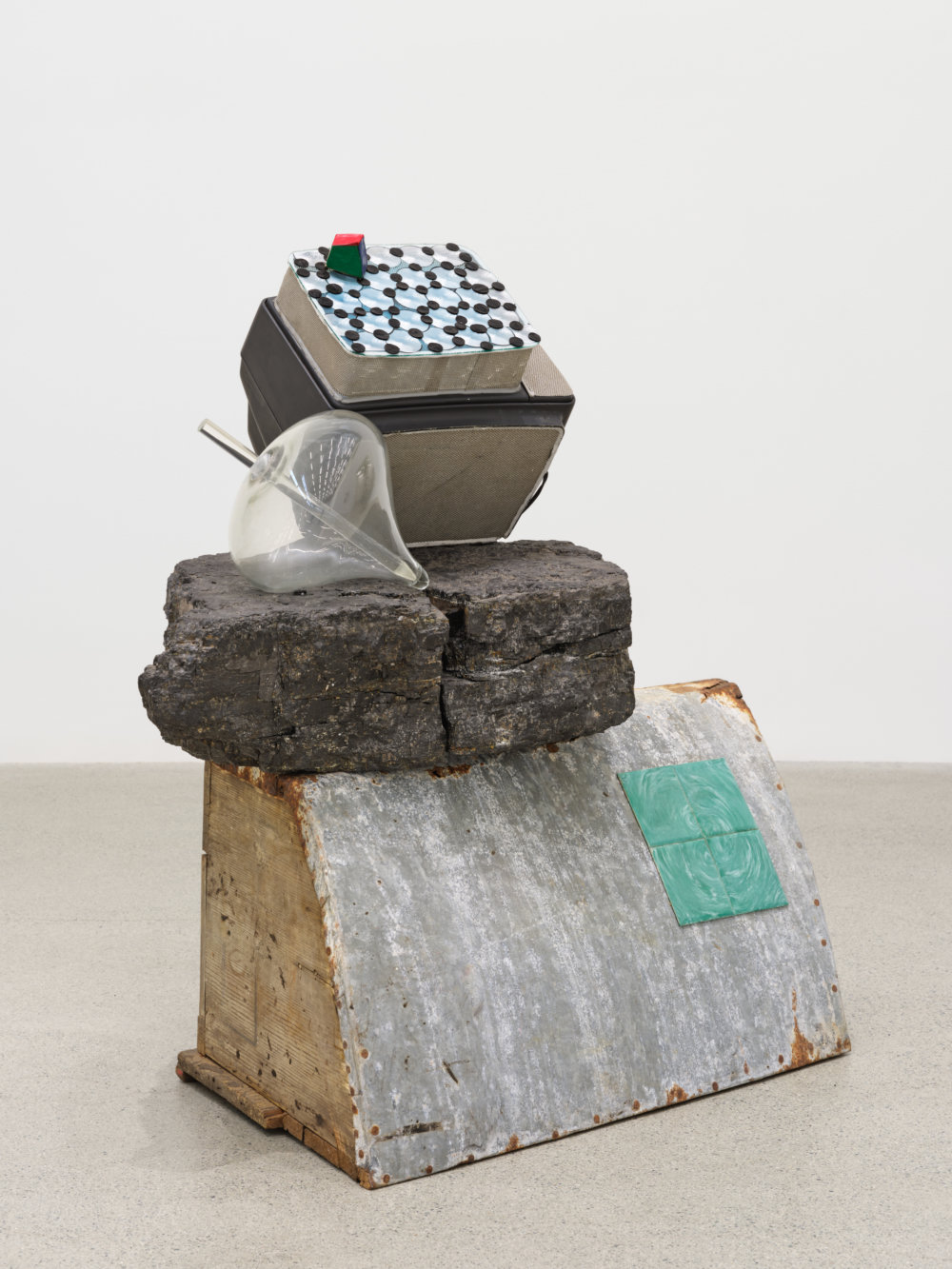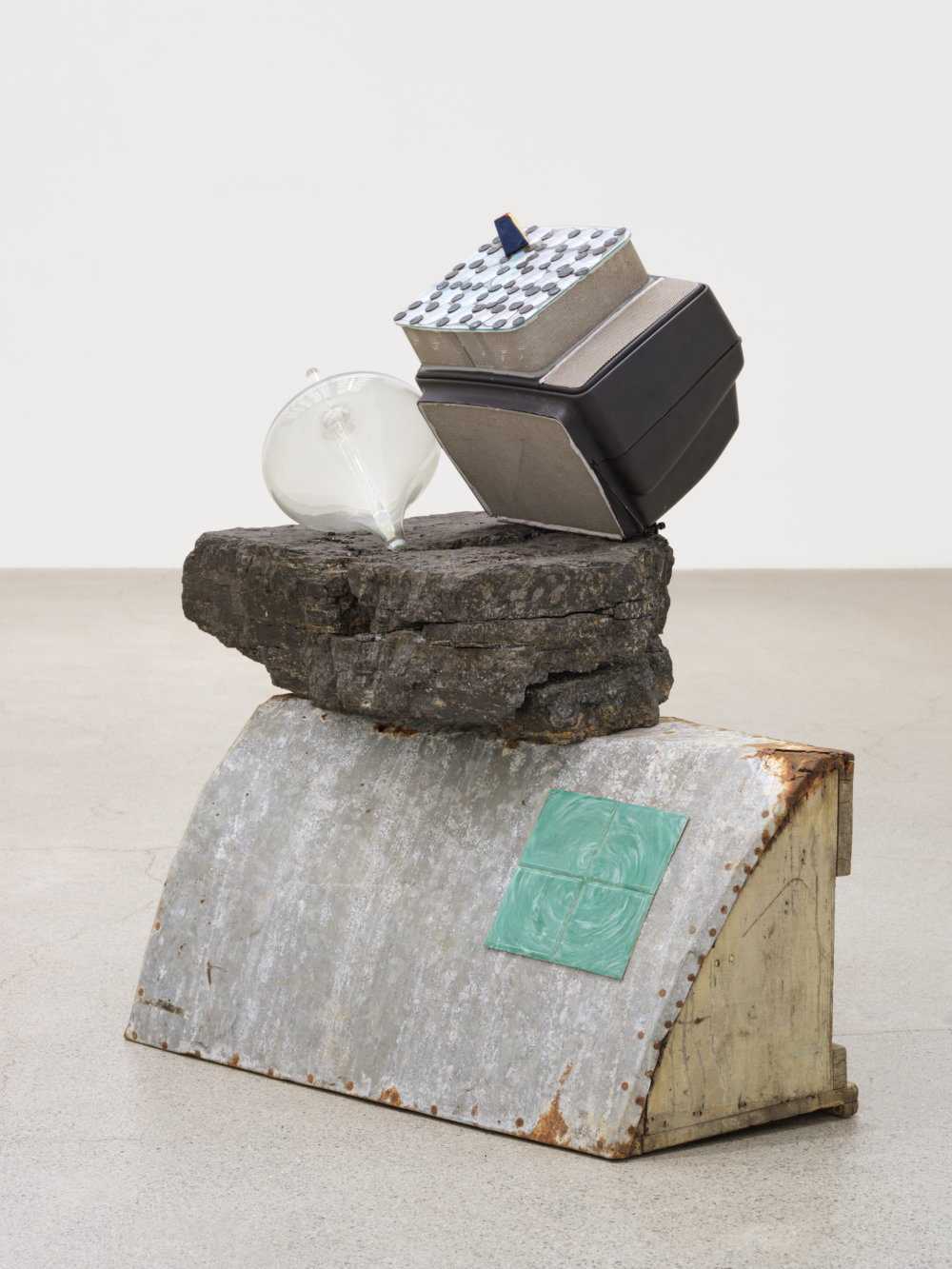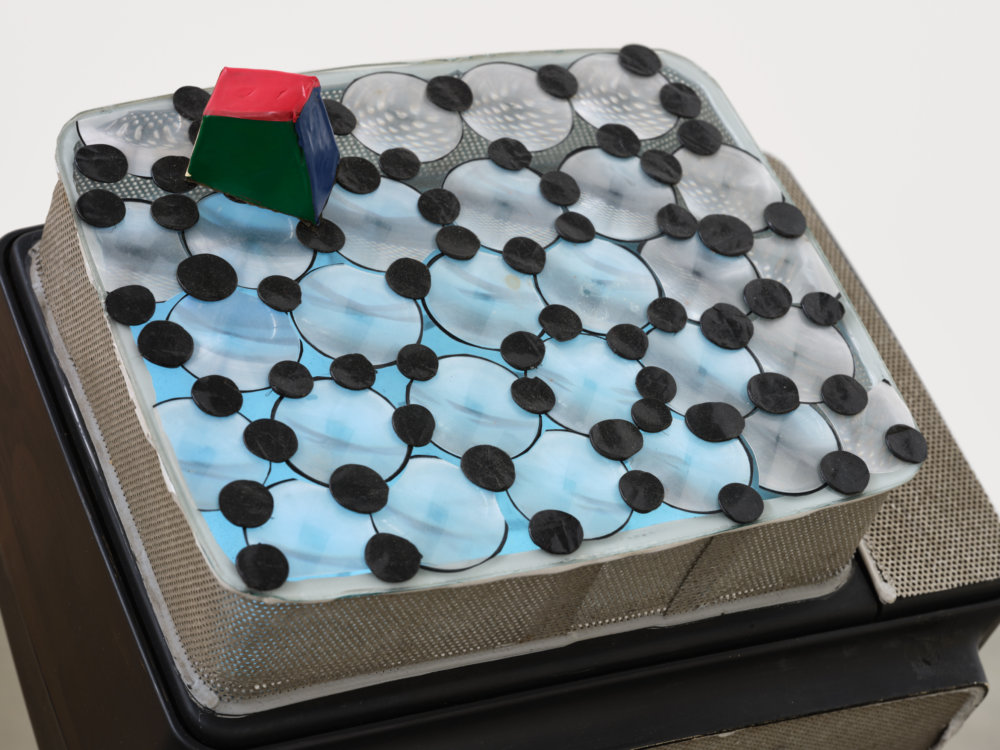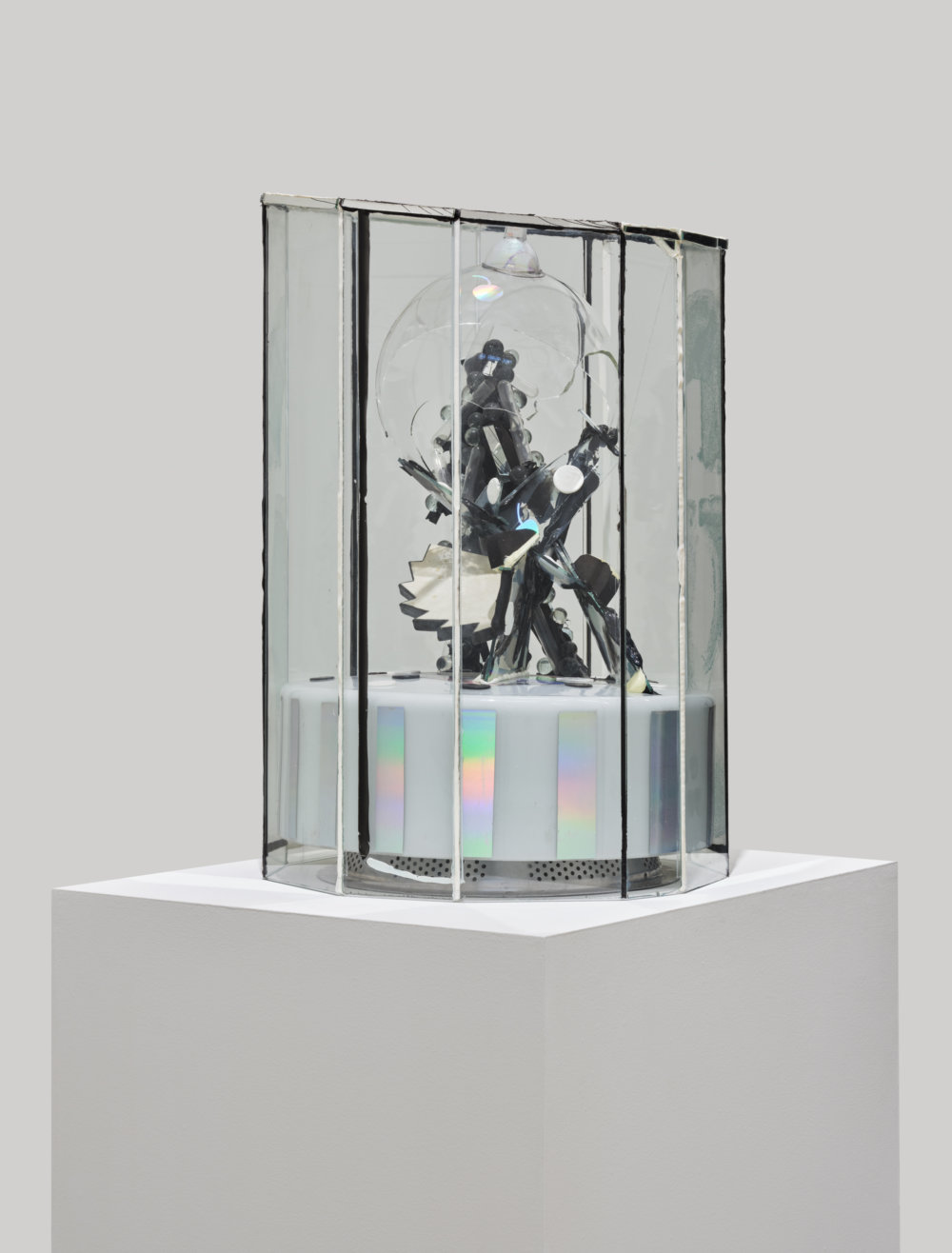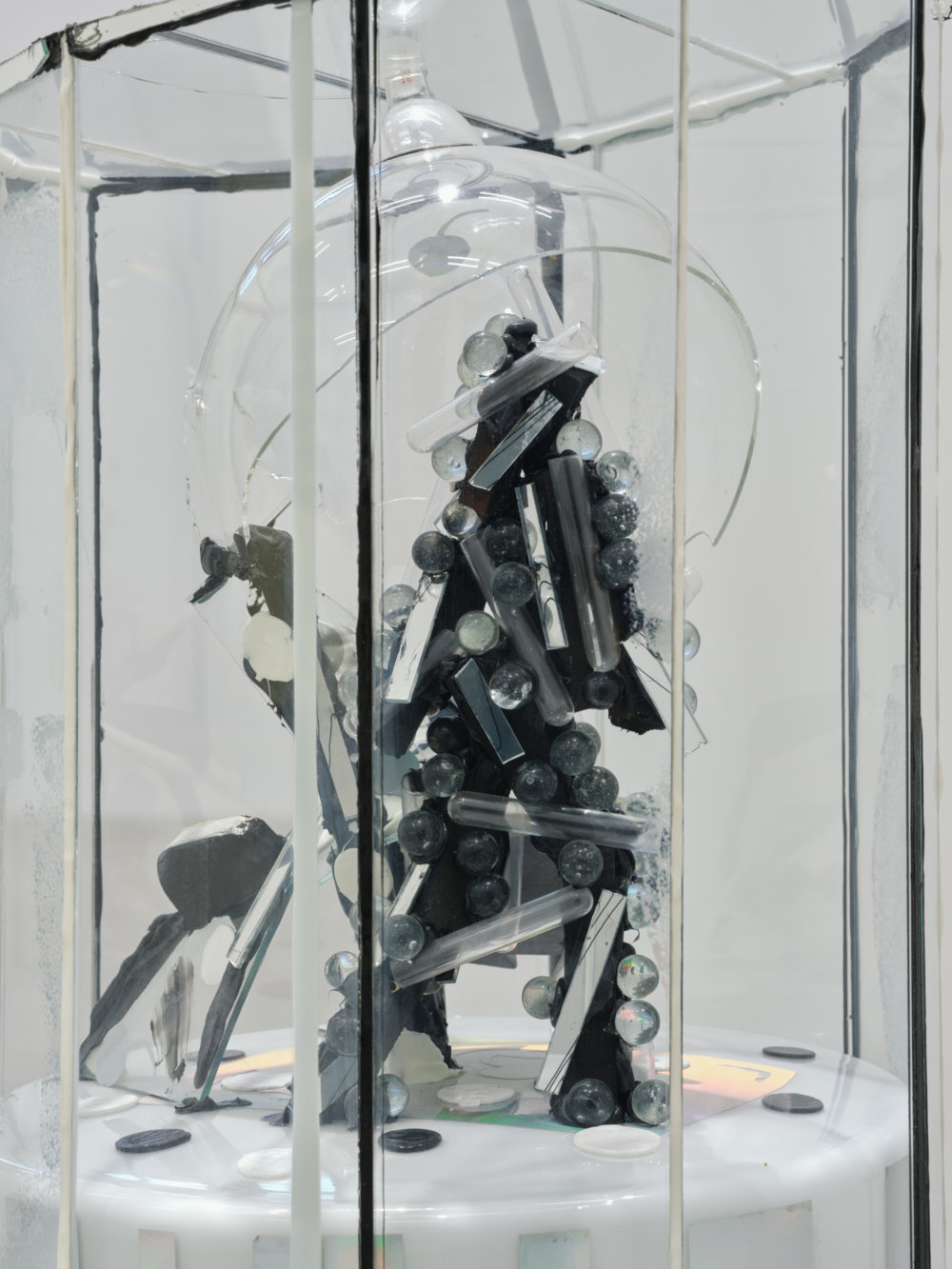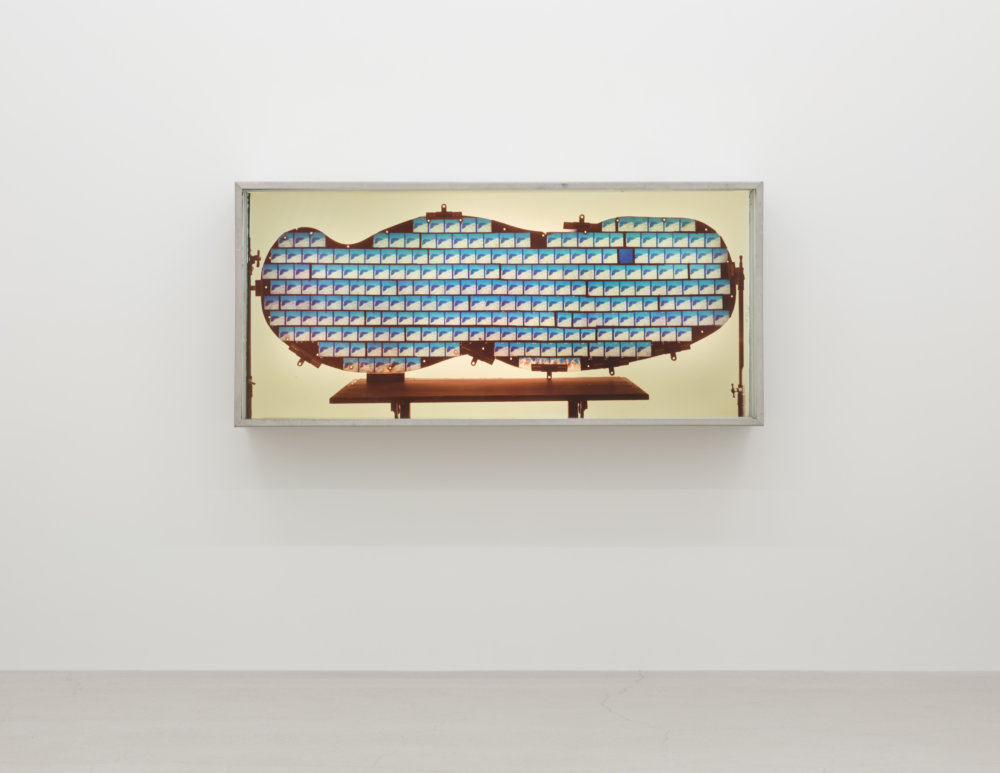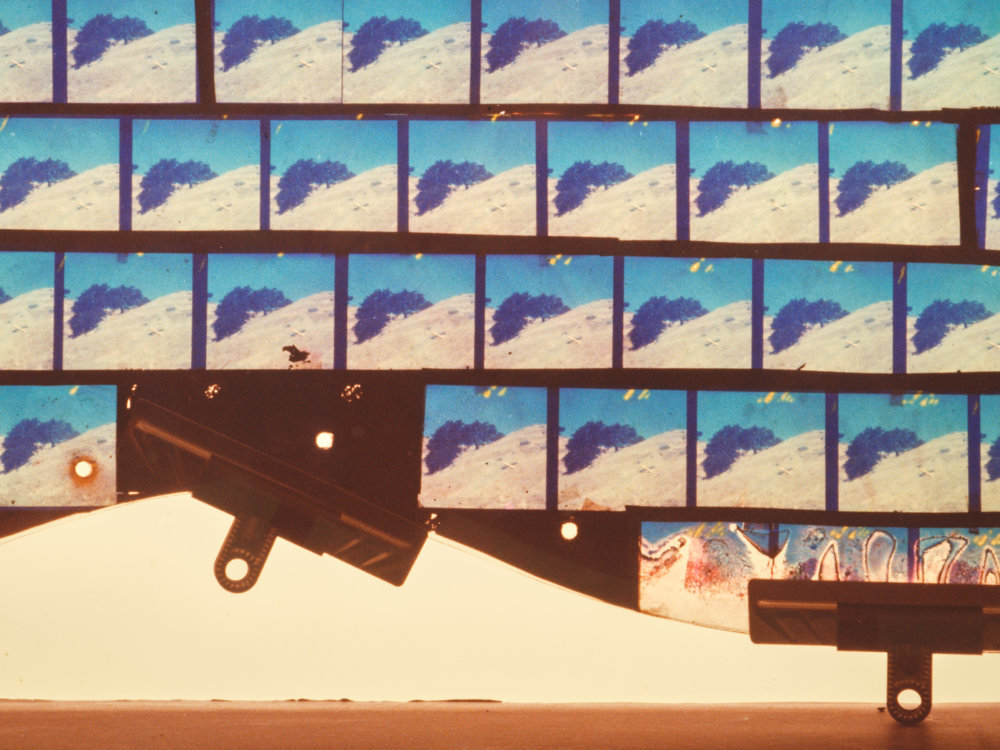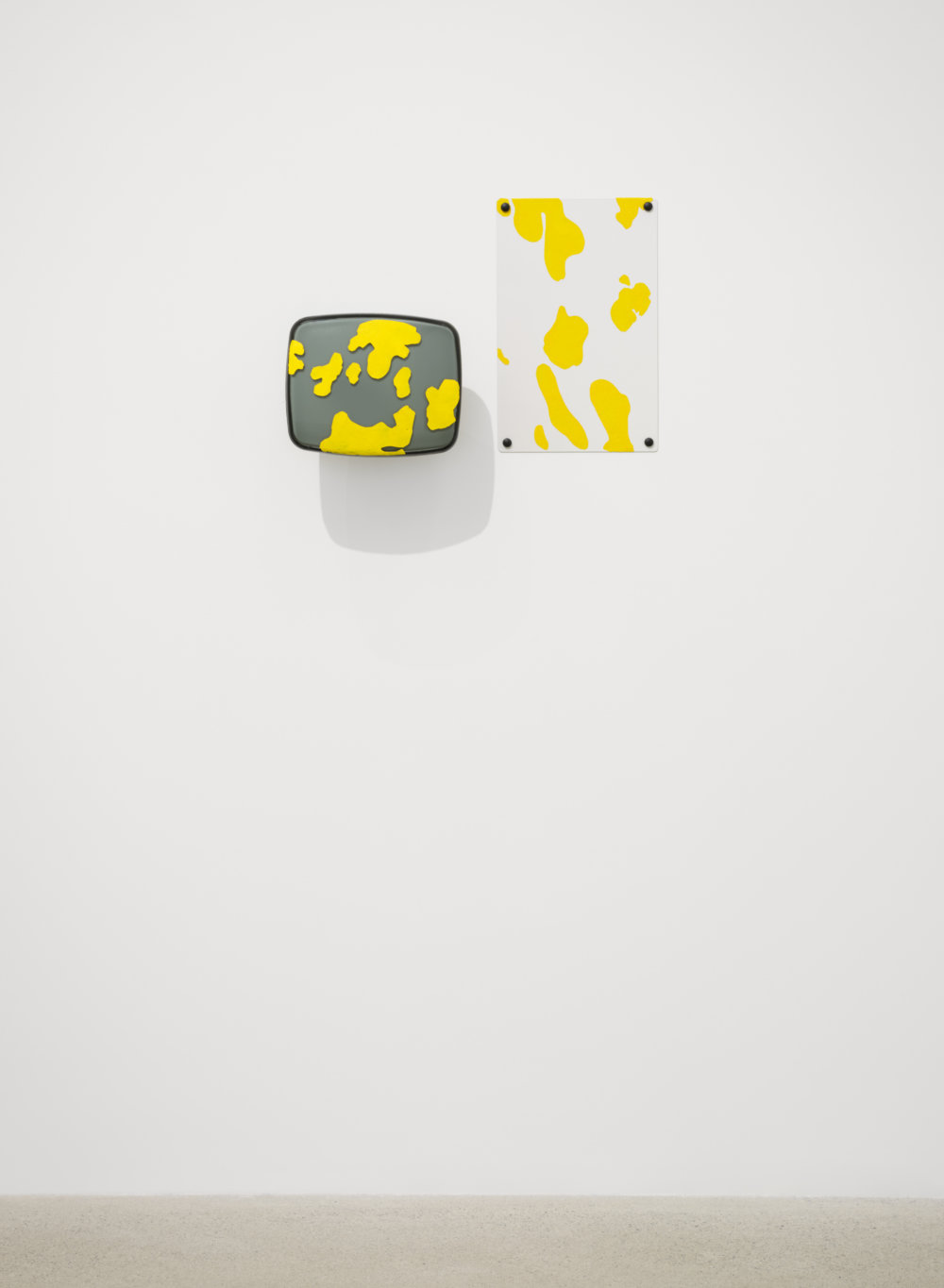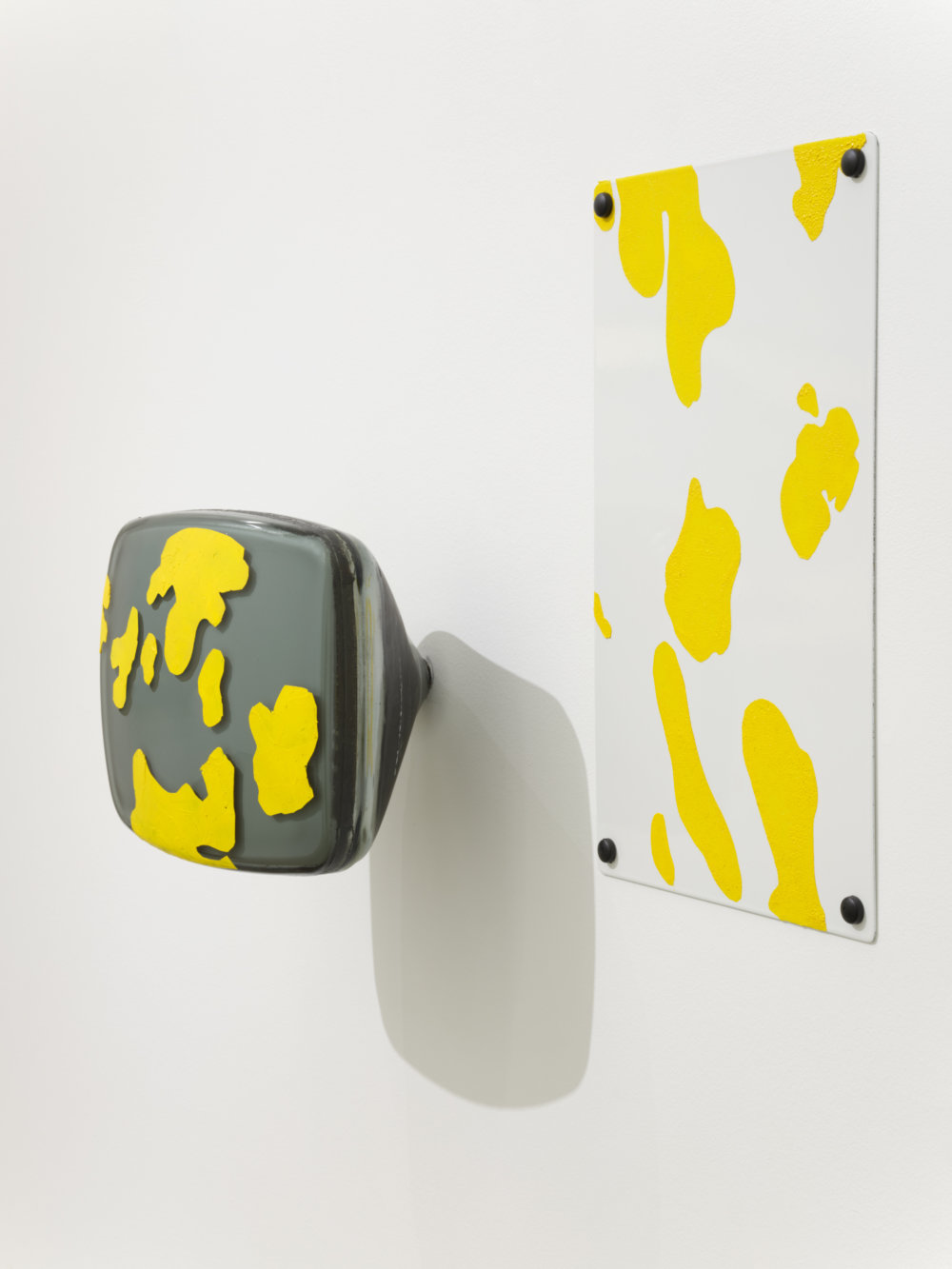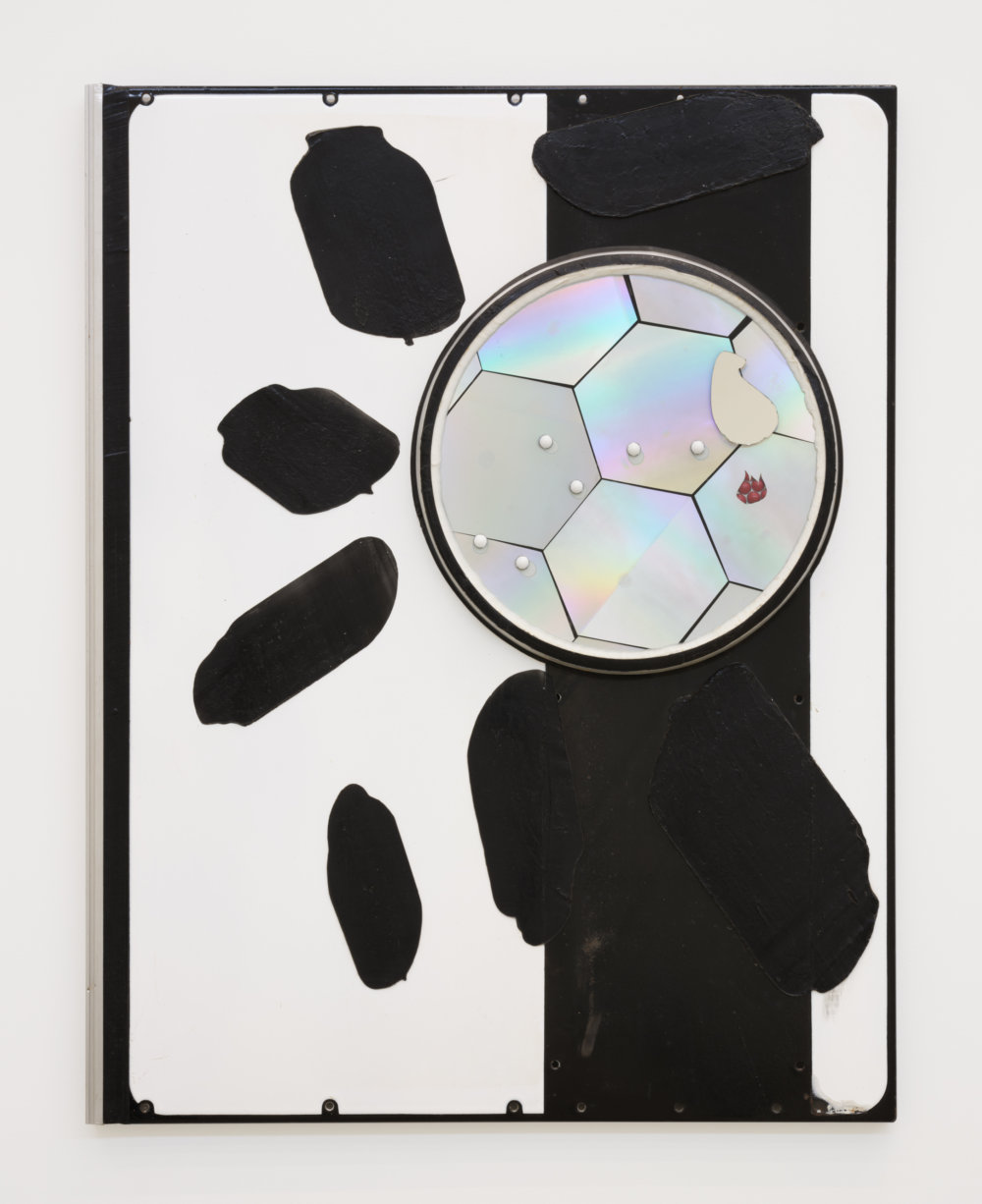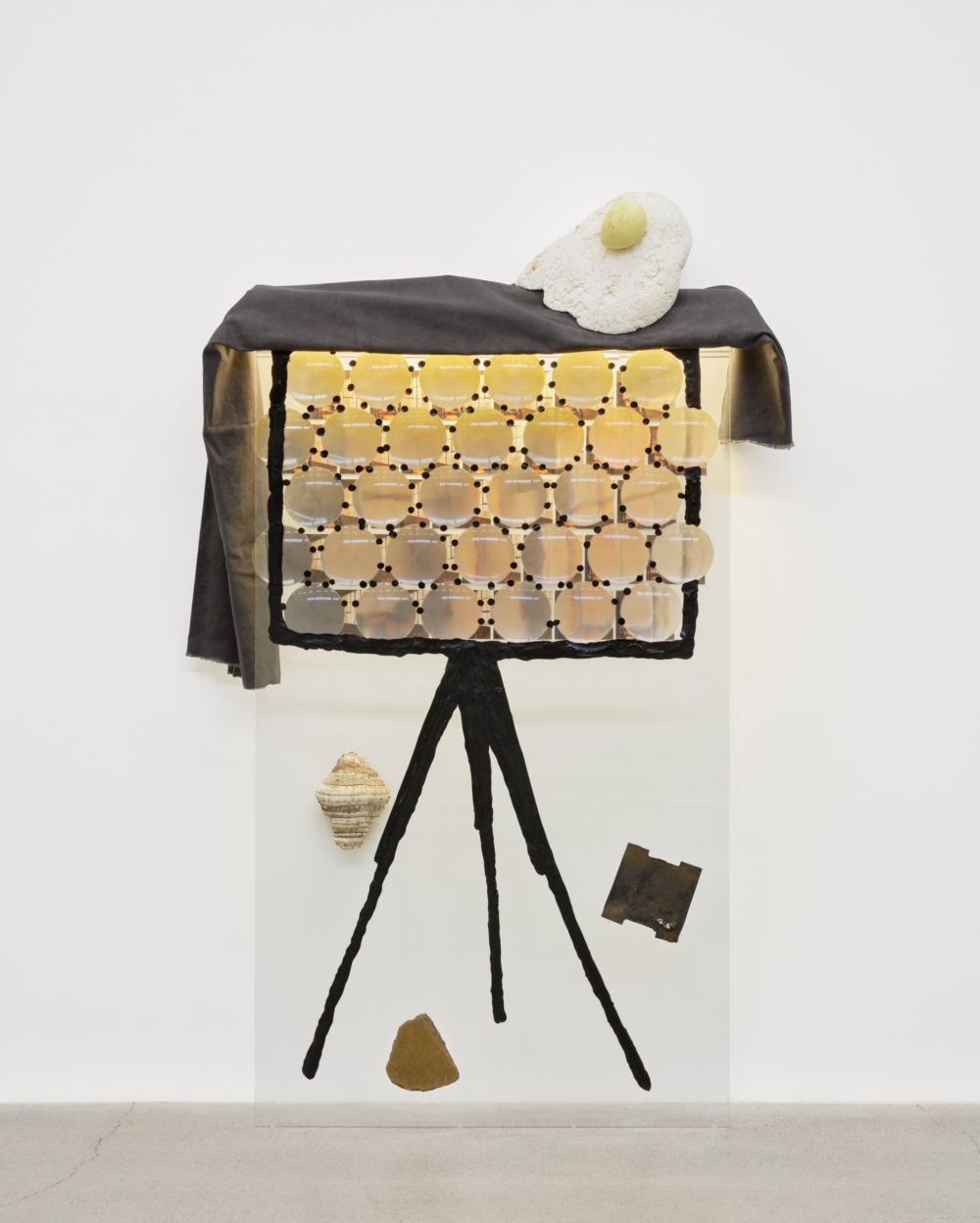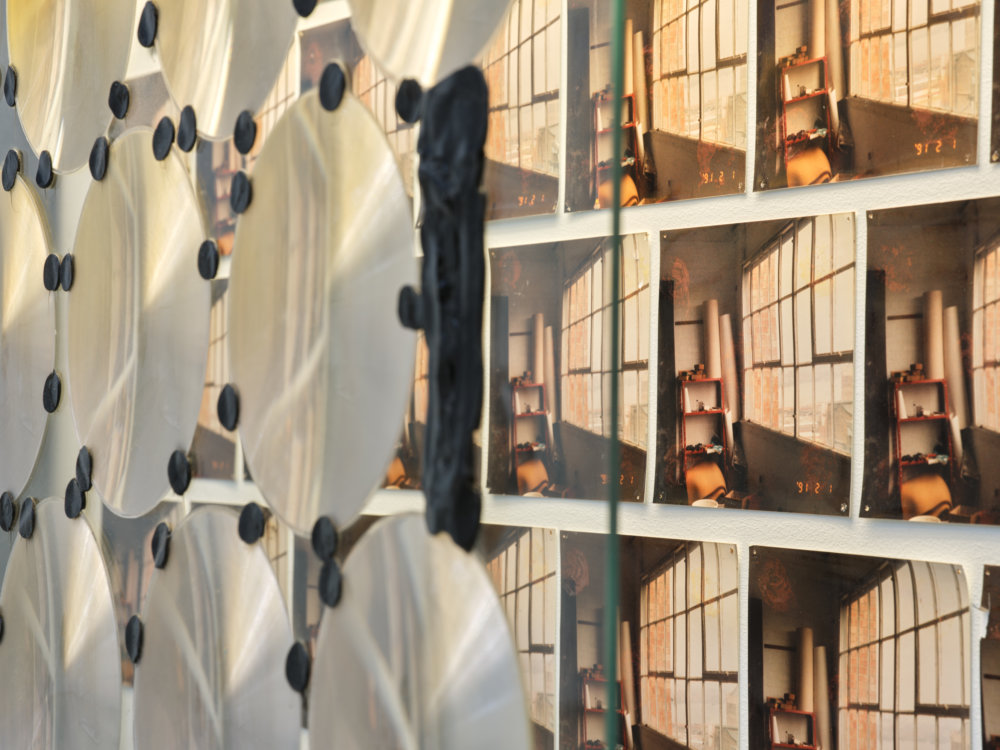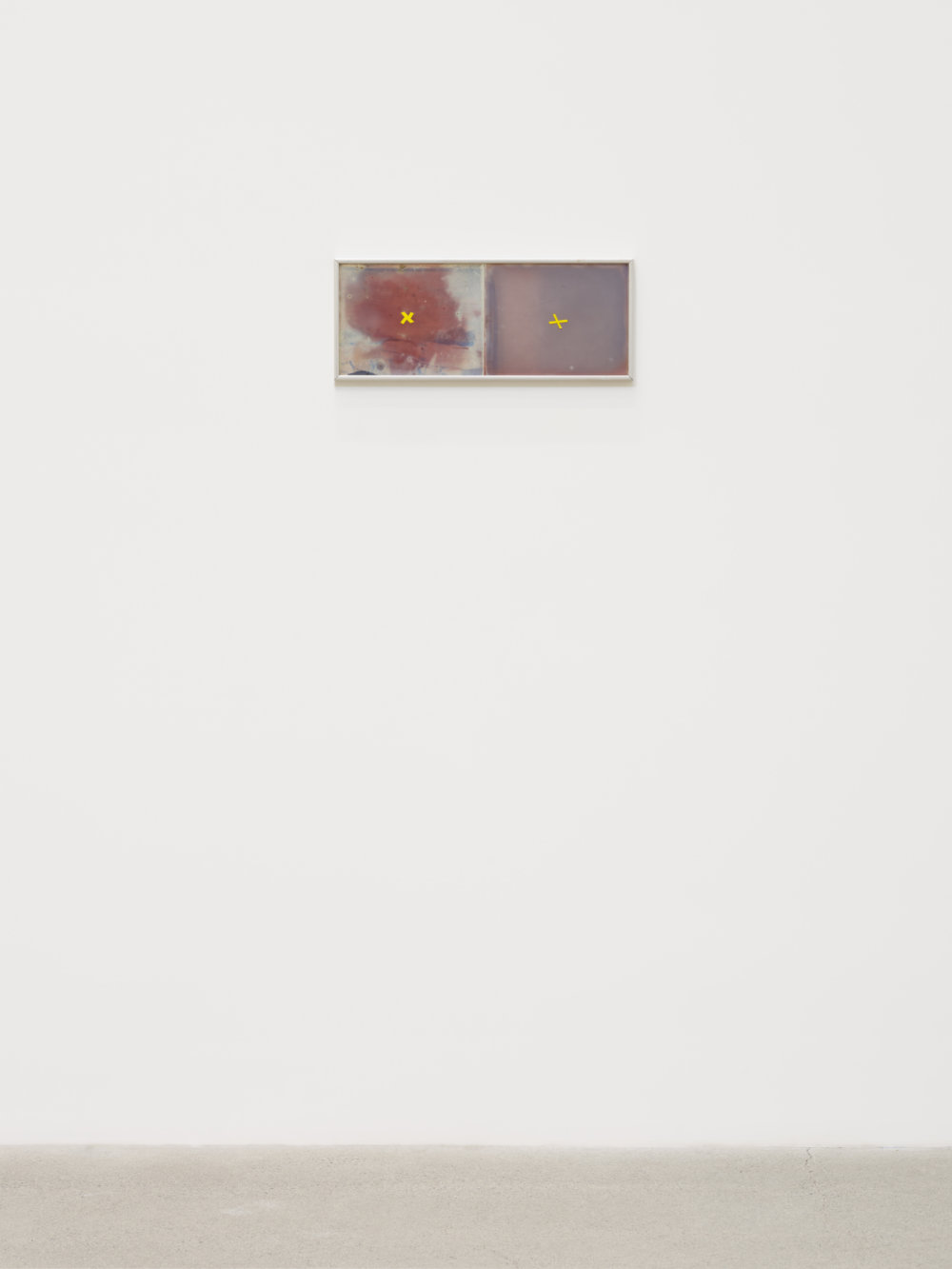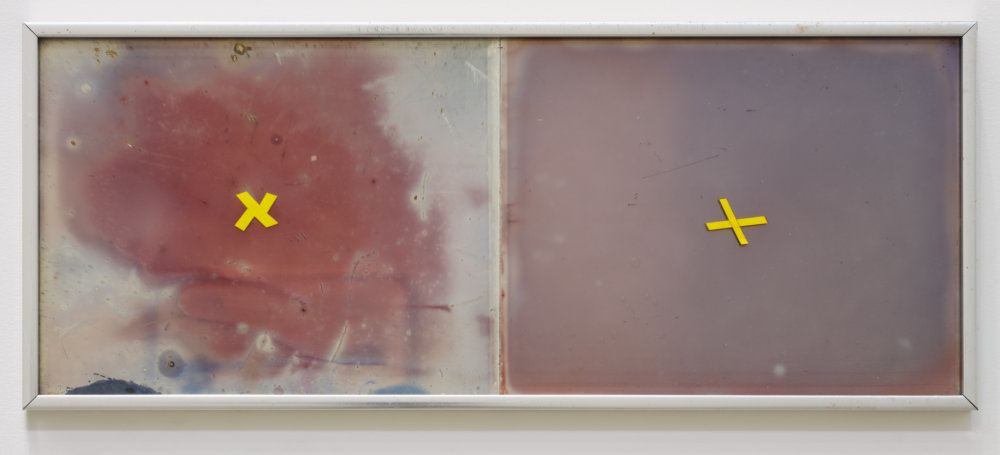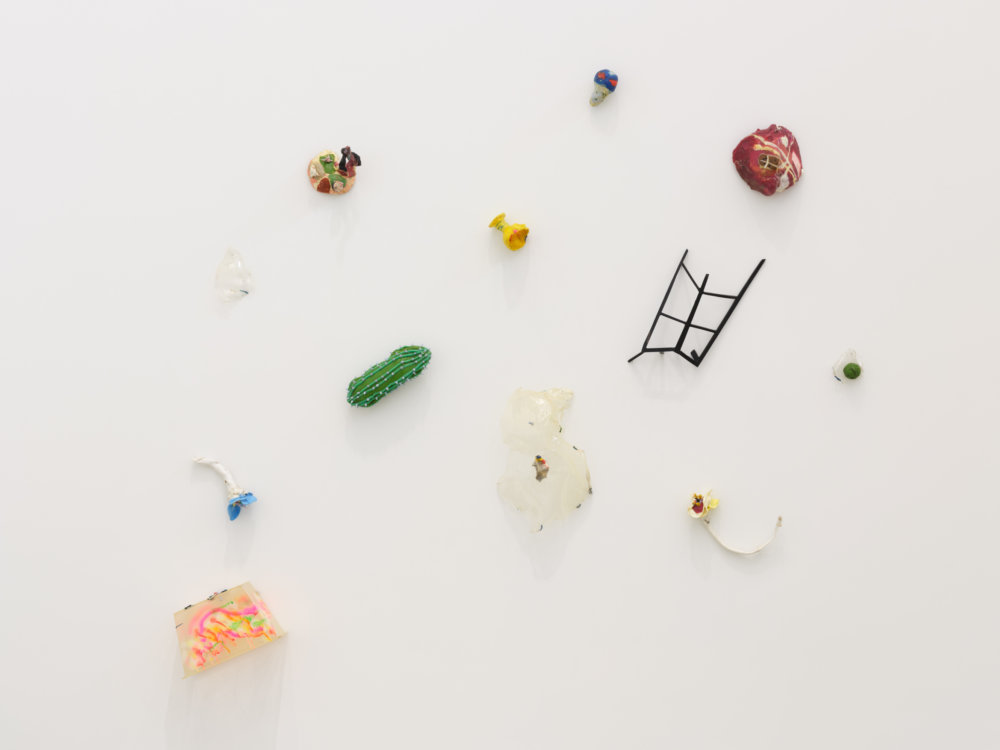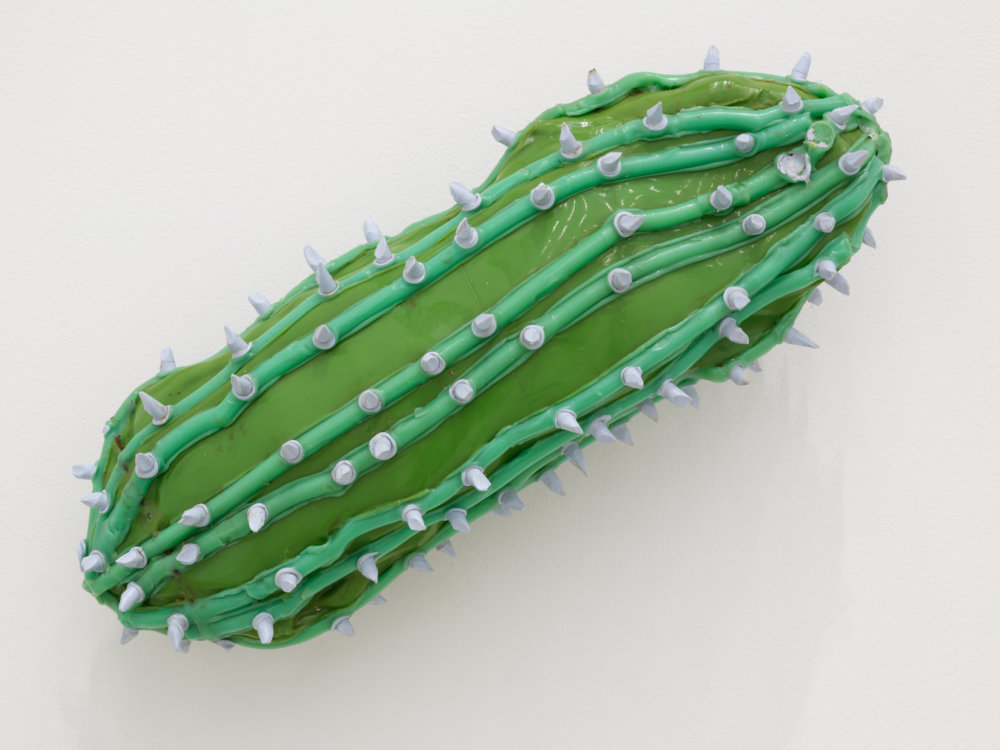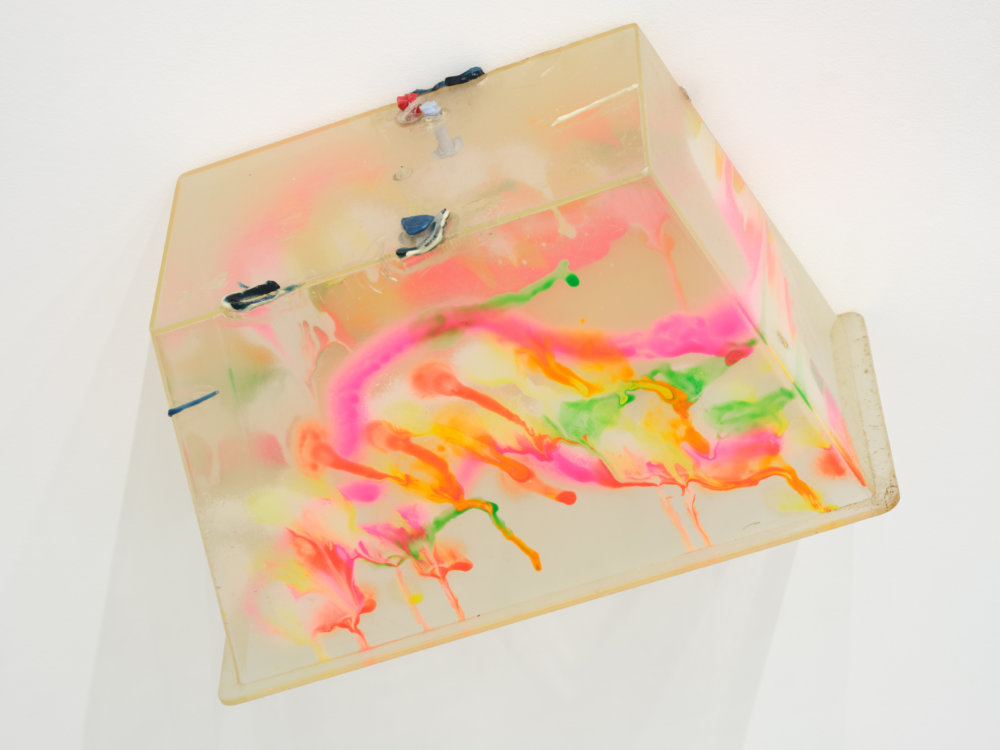Jerry Pethick
‘How specialized are our interpretations of the world?’
September 16–October 29, 2022
The prescient work of Jerry Pethick (b. 1935, London, Ontario; d. 2003, Hornby Island, British Columbia) is the result of a lifelong quest to explore the unique possibilities of our perception and the optical experience. Through a career of enthusiastic, intellectual enquiry into the historical relationships between artistic, scientific, technological, and cultural development—specifically those of the 19th and early 20th century—his works emanate a contagious exuberance, humour, and irreverence. Rejecting suggested hierarchies of material and method to achieve phenomenological effect, Pethick embraced an economy of means to produce his work. His unique, complex language emphasizes the possibilities of visual experience in our everyday lives and his influence is felt through multiple generations of artists on the West Coast and beyond. This exhibition brings together five decades of his practice: from early experiments with plastics in the ’60s, to his ambitious sculptural proposals of the late ’80s and early ’90s, and finally to his profound formal material resolutions of the early 2000s prior to his death.
Studying at the Chelsea College of Art, and working in London, UK, from 1957–1968, Pethick was guided by his interest in imaging technology. He began to work with plastics and lenticular materials in the mid-1960s and moved to the US to pursue the burgeoning development of holography. In 1971, he established a holography school in San Francisco to explore and test the limits of holographic images, which were at that time only being developed in corporate and military research. The school of holography was the first to offer public workshops, for which Pethick developed and patented the “sand table,” a home-made device that uses a bed of sand to match the elaborate technical demands required to create holograms. In 1975, Pethick moved to Hornby Island, the place where his studio and experimental practice was based for the rest of his life. There, his DIY, egalitarian spirit persisted as he pursued his interest in the nature of perception and its relation to technical innovation, often incorporating found objects in his sculpture. Such objects included: spectrafoil and other reflective materials, silicone, oven doors, window frames, Fresnel lenses, lights, coal, car tires, sulfur, rocks, and more. These objects would be sourced from the island’s local re-use centre and recycling depot, and chosen for their formal, rather than utilitarian qualities.
As Pethick wrote: “It soon became apparent that the sculptural elements formed a kind of material bridge to the illusory elements, which are usually landscape scenes chosen for their stillness and daydream quality.” Pethick’s “spatial entities,” created through innovative approaches to imaging, generate a protracted sense of time. Like daydreams, he characterized his illusory landscapes as alternatives to the reality of actual terrain found in nature—like a “travelogue of environments.” For example, in his large-format array works, such as Follow the River (1995), Pethick assembled an assortment of images of the same quotidian landscape, photographed at slightly different angles. In front of the array, a screen of Fresnel lenses arranged precisely over each image creates a single, three-dimensional, virtual image which hovers in space and cannot be reproduced through documentation, only constructed and experienced through vision.
Pethick’s generous, complex body of work offers us an encounter oscillating between the particularities of our vison and the world they reveal. Our attention bounces from the works’ physical presence, to the optical and spatial phenomena they create, to the referential in material, images, and symbols. In this process, the work prompts an experience both shared and subjective, bridging the formal and the personal. This shifting place of encounter, difficult to communicate through photographic images or video, is increasingly relevant—particularly in a contemporary moment where we come to understand so much through a disembodied view of the screen, in a world of increasingly granular focus on articulation of identity and subjectivity. Emphasizing the shared experience of space and vision, in his own words, Pethick asks: “how specialized are our interpretations of the world?”
Documentation by Rachel Topham Photography.
